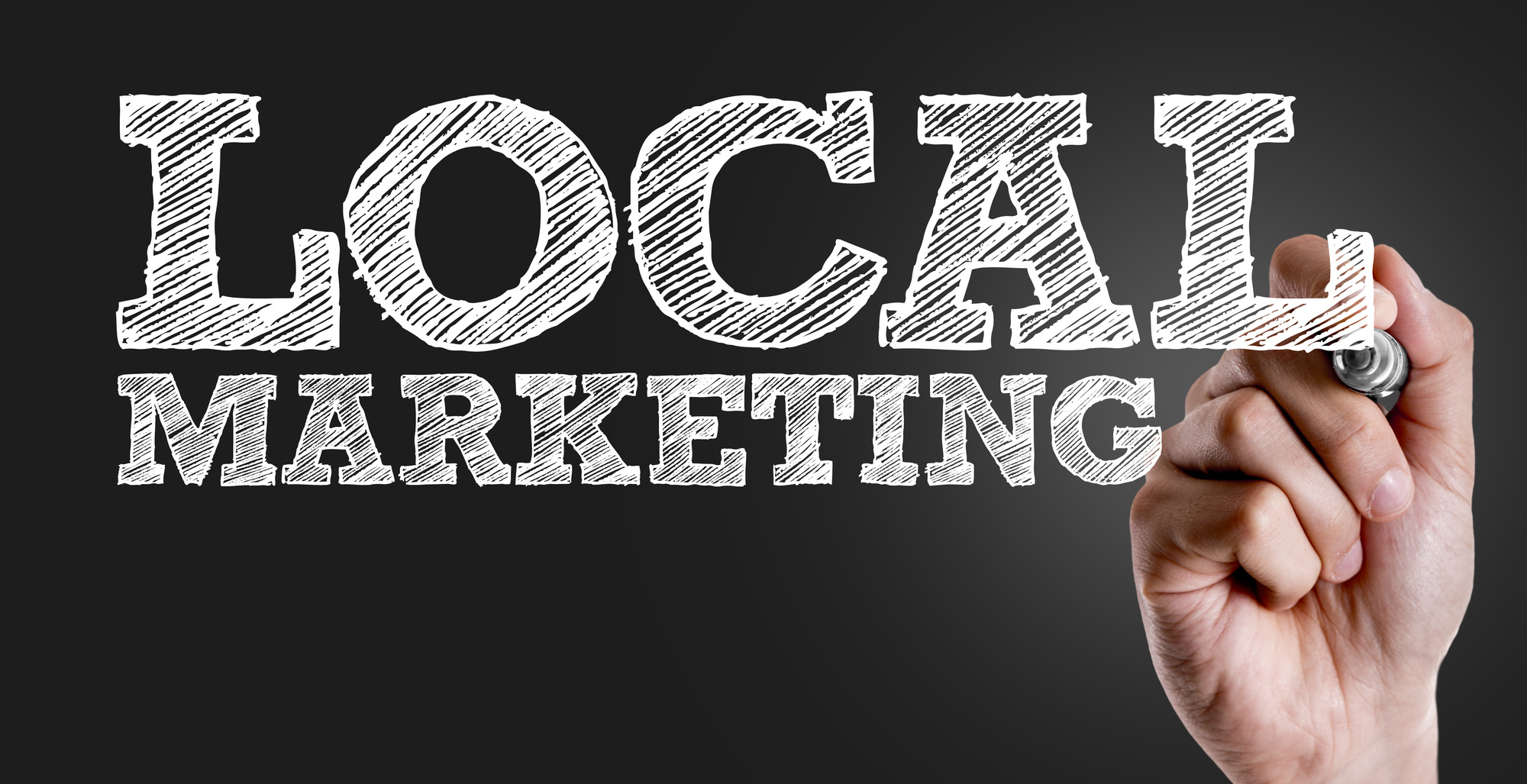In the old days, you’d have about seven seconds to make a first impression.
However, thanks to the instantaneous nature of the Internet, in today’s world, you have even less. Now, your brand only gets about 2/10 of a single second to leave a lasting impression online.
This means that every single feature — from your site speed to the type of font you use — counts.
One thing that’s especially important when it comes to building brand recognition and helping customers to make an emotional connection with your company?
What does your current design communicate to both potential and current customers? Further, is it saying what you want it to?
Read on to find out.
Color Communication
The color that you select is likely the foundation of your overall logo design.
You might already have specific “company colors” in mind, or you might be considering selecting new shades as part of a rebranding process.
Let’s quickly take a look at the psychological impact three popular colors have on consumers.
Red
Red shades have been scientifically proven to increase a person’s pulse and overall blood pressure levels. It’s associated with a sense of urgency, so usually, customers connect it to a sale or a limited-time offer.
It certainly communicates a sense of authority and energy, but it may be too harsh for some industries and logos.
Green
Using the color green in your logo design usually means one of two things. It either indicates that you’re a natural/organic brand, or it signifies that you work within the financial world.
It makes people think of profits, loyalty, intelligence, healing, and even safety.
Blue
Blue is often associated with creativity and tranquility.
This means that it works just as well for design and architecture firms as it does for spa and wellness centers. It allows consumers to relax, and instills a sense of trust in your consumers.
Typography Talks
So, you’ve learned that the colors you use in your logo design can have a psychological impact on your consumers, and can cause them to associate your brand with certain emotions.
But what does the typography (AKA the font) you’ve selected communicate?
For an example, let’s take a look at the typography of the logo design of Pretty Small Shoes, a company that caters to women with small feet size that have trouble finding what they need in traditional stores.
The words “pretty” and “shoes” are written in a thin, lowercase, and feminine font. The word “small” is sandwiched between the two, and written in a bold font. This means that the consumer’s eyes will go right to that word.
This is perfect, because it makes it instantly clear that women looking for small-sized shoes are the brand’s target market.
More On Font
When you’re choosing the font for your logo design, readability is the most important thing to consider.
If customers are unable to read your font, it tells your market that you’re unprofessional, sloppy, and just not very intelligent. However, if you choose a font that’s both legible and on-brand?
Well then, you’ll cause serious heads to turn.
For example, if you’re a wedding website, you might want to choose a loopy, formal script like something you’d see on a wedding invitation. If you’re a fitness bootcamp studio, go with lettering that’s bold, big, and even three-dimensional to make it stand out.
If you want to prove to your customers that your brand does things in a completely unique way?
We suggest meeting up with a local designer and asking them to create a customized font just for your brand.
Image Is Everything
The final aspect of your logo design is the most important: the central image you select to represent your brand.
This image has to do a lot of work in a small space.
It needs to identify your target market, show what sets you apart from the competition, tell some kind of a story, and be interesting enough to make people want to learn more about your brand.
However, when you’re selecting an image, it might surprise you to learn that simpler is often better.
Think about it.
When you see a logo with tons of different colors, lots of details, and over-the-top design elements, what do you think?
Chances are, you think the brand looks desperate, messy, and you’re not quite able to tell what the company’s overall message actually is.
So, when you’re choosing an image, don’t be afraid to scale things back — and keep things active. When we say “active” design, we mean that you should choose an image that shows something moving or in action.
The most famous example of active design?
The Twitter logo.
Instead of just sitting on a branch, the bird is shown in flight, wings outstretched. This engages customers, and encourages them to get on board with a company that is, quite literally, going places.
Need More Logo Design Advice?
Whether you’re due for a rebranding or creating a logo for your new business, we hope that you use the above tips to create a branded, impactful design.
Just remember, every aspect of your logo — the color, the font, and the image — should be working to make an emotional connection with your target market.
Need additional logo design advice? Want to learn more about how other forms of design, like web and graphic design, can help to make your website more effective?
If so, spend some time on our website and blog to access thousands of design tips that will blow your competition away and gain you loyal customers.



Loading…